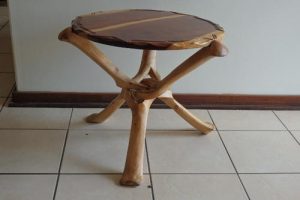Windmill Loop Weaving doesn’t exist in isolation. It shares ideas and principles with a wide family of weaving, knotting and folded-form traditions across cultures and history.
Some are close cousins, others more distant relations, but together they show the ingenuity people have always brought to shaping flexible materials into structure.

